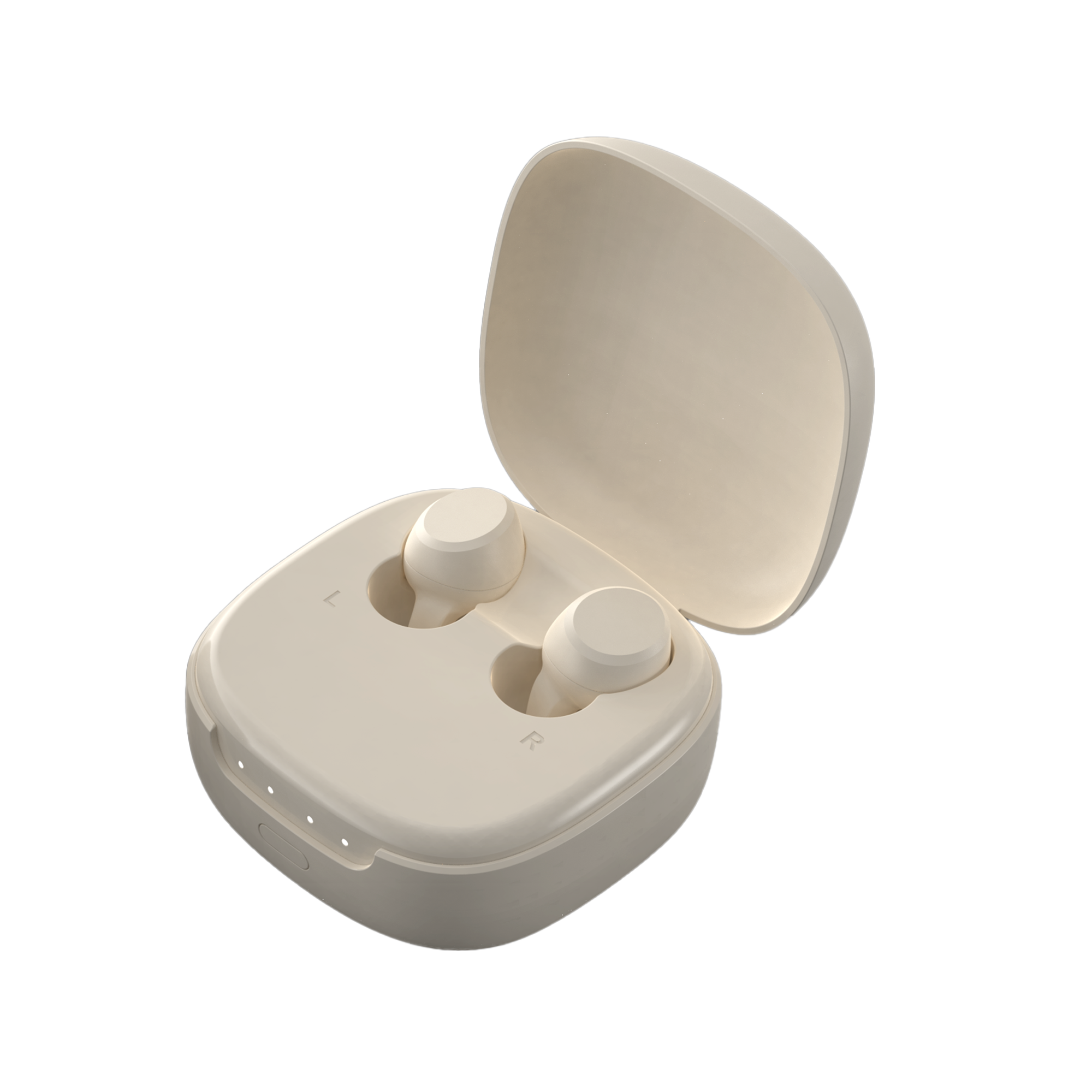Hearing loss can affect people of all ages and often goes undiagnosed. An audiogram is a key diagnostic tool, offering a visual representation of your hearing capabilities across various frequencies. Whether it’s conductive, sensorineural, or mixed hearing loss, audiograms help audiologists identify the problem and recommend tailored solutions. In this article, we’ll explain the different types of hearing loss, how they appear on audiograms, and why this test is essential for proper treatment.
What Is an Audiogram?
An audiogram is a graph that displays the results of a hearing test. It plots sound frequency (measured in Hertz, Hz) against intensity (measured in decibels, dB). The test determines the quietest sounds you can hear at various frequencies, from low (bass) to high (treble) pitches.
- X-axis: Represents frequency, ranging from 125 Hz to 8000 Hz.
- Y-axis: Represents sound intensity, with softer sounds at the top (-10 dB) and louder sounds at the bottom (120 dB).
Audiograms help pinpoint the type and degree of hearing loss, guiding treatment plans.
Types of Hearing Loss and Their Audiogram Patterns

How to Interpret Your Audiogram
An audiogram provides detailed insights into your hearing health. Here’s how to read it:
- Normal hearing: Thresholds between -10 to 20 dB across all frequencies.
- Mild hearing loss: Thresholds between 21 to 40 dB.
- Moderate to severe hearing loss: Thresholds ranging from 41 to 90 dB.
- Profound hearing loss: Thresholds above 91 dB.
The shape of the audiogram curve helps audiologists identify which frequencies are most affected, guiding treatment recommendations.
Why Audiograms Are Essential for Hearing Health
Hearing is a crucial sense that impacts communication, relationships, and overall well-being. However, hearing loss often develops gradually, making it difficult to notice in its early stages. Regular hearing assessments, including audiograms, are vital in detecting hearing impairments before they become severe. Early diagnosis allows individuals to take proactive steps to manage their hearing health, preventing further decline and enhancing their quality of life.
An audiogram provides a detailed overview of an individual’s hearing ability, measuring how well they perceive different sound frequencies and volumes. This information helps audiologists diagnose various types of hearing loss—conductive, sensorineural, or mixed—and recommend appropriate treatment options.

Key Benefits of Regular Audiograms
- Personalized Treatment: Audiograms provide a customized approach to hearing care. Based on the results, audiologists can tailor solutions, such as prescribing hearing aids, cochlear implants, or medical interventions, to meet the individual’s specific needs.
- Monitoring Hearing Health Over Time: Hearing loss can progress due to aging, noise exposure, or underlying medical conditions. Regular audiograms track these changes, allowing for timely adjustments in treatment plans and hearing aid settings.
- Preventive Care and Early Intervention: Catching hearing loss early helps prevent further deterioration. Studies show that untreated hearing loss is linked to cognitive decline, social isolation, and an increased risk of dementia. By detecting hearing issues in their early stages, individuals can take preventive measures, such as using hearing protection, making lifestyle adjustments, or seeking early medical intervention.
- Improved Communication and Quality of Life: Untreated hearing loss can lead to frustration, misunderstandings, and withdrawal from social situations. By identifying hearing impairments early, individuals can take steps to improve communication, stay engaged in conversations, and maintain strong personal and professional relationships.
Regular audiograms are a simple yet powerful tool in maintaining long-term hearing health. Whether you experience mild symptoms or have a higher risk of hearing loss due to age or lifestyle factors, scheduling routine hearing assessments ensures that you stay ahead of potential hearing challenges. If you haven’t had a hearing test recently, now is the perfect time to prioritize your hearing health.
The Importance of Early Hearing Loss Detection
Many people experience gradual hearing loss without realizing it until it significantly impacts their daily lives. Early detection is crucial in preventing further deterioration and ensuring timely intervention. Audiograms play a vital role in diagnosing hearing loss at its earliest stages, allowing for personalized treatment plans that improve quality of life.
Regular hearing tests can help identify issues before they become severe. For instance, individuals exposed to high noise levels at work or those with a family history of hearing loss should schedule periodic audiograms to monitor their hearing health. Detecting hearing loss early enables audiologists to recommend suitable treatments, whether it’s hearing aids, cochlear implants, or medical interventions.
Ignoring hearing loss can lead to difficulties in communication, social isolation, and even cognitive decline. Studies have shown a strong link between untreated hearing loss and an increased risk of dementia. By staying proactive with regular audiograms, individuals can take control of their hearing health, maintain strong social connections, and enhance their overall well-being.
If you suspect any changes in your hearing, consult a hearing specialist and get an audiogram test. Early action ensures better hearing outcomes and a higher quality of life.
Conclusion
Audiograms are invaluable for diagnosing and managing hearing loss. By identifying the type and degree of hearing loss, they enable audiologists to recommend effective treatments, from medical procedures to hearing aids. If you’re experiencing hearing issues, don’t wait—schedule a hearing test today.
Take control of your hearing health! Explore Mimitakara’s advanced hearing solutions and schedule your free consultation today.










